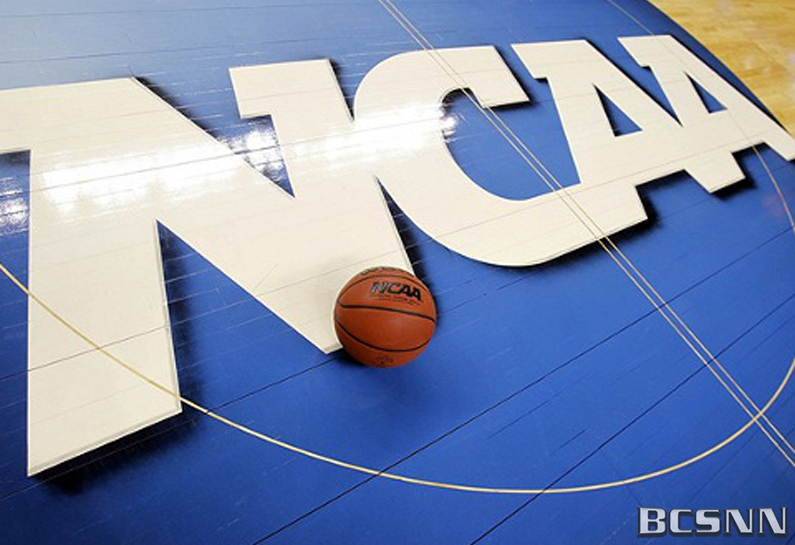(BCSNN) -- The NCAA Playing Rules Oversight Panel has approved several measures aimed at improving the flow and tempo of men's college basketball games, including the introduction of a coach’s challenge system. The changes, announced this week, will take effect in the 2025-26 season and are designed to reduce game stoppages and enhance overall efficiency on the court.
Under the new coach’s challenge rule, teams will be allowed to challenge certain calls, including out-of-bounds rulings, basket interference, and goaltending. To initiate a challenge, a team must have a timeout available. If the challenge is successful, the team will be granted one additional challenge for the remainder of the game, including overtime. However, if the challenge is unsuccessful, the team will lose the ability to challenge further calls.
The NCAA has faced criticism in recent years over lengthy replay reviews that disrupt the pace of play, particularly in the final minutes of games. While officials will still be able to initiate reviews for timing mistakes, scoring errors, shot-clock violations, flagrant fouls, and whether a shot is a two-pointer or a three-pointer, they will no longer be permitted to review out-of-bounds calls unless prompted by a coach’s challenge.
Another significant change involves the continuous motion rule. Under the revised guidelines, an offensive player who absorbs contact while driving to the basket will be allowed to pivot or complete their step before attempting a field goal. Previously, players were only awarded free throws if they were fouled during the act of shooting.
Additionally, officials will now have the option to call a Flagrant 1 foul when a player is contacted in the groin. Previously, referees could only assess a common foul or a Flagrant 2, which results in an automatic ejection. The new rule aims to provide officials with more flexibility in determining the severity of such incidents.
While the NCAA opted not to implement a shift from halves to quarters, discussions on the matter continue. The Men’s Basketball Committee has recommended that Division I conferences form a joint working group to explore the potential transition, citing logistical challenges such as media timeout structuring as key considerations.
The approved changes reflect the NCAA’s ongoing efforts to modernize the game while maintaining competitive integrity. With the 2025-26 season set to begin in the fall, teams and coaches will have time to adjust to the new regulations before they take effect on the court.




























